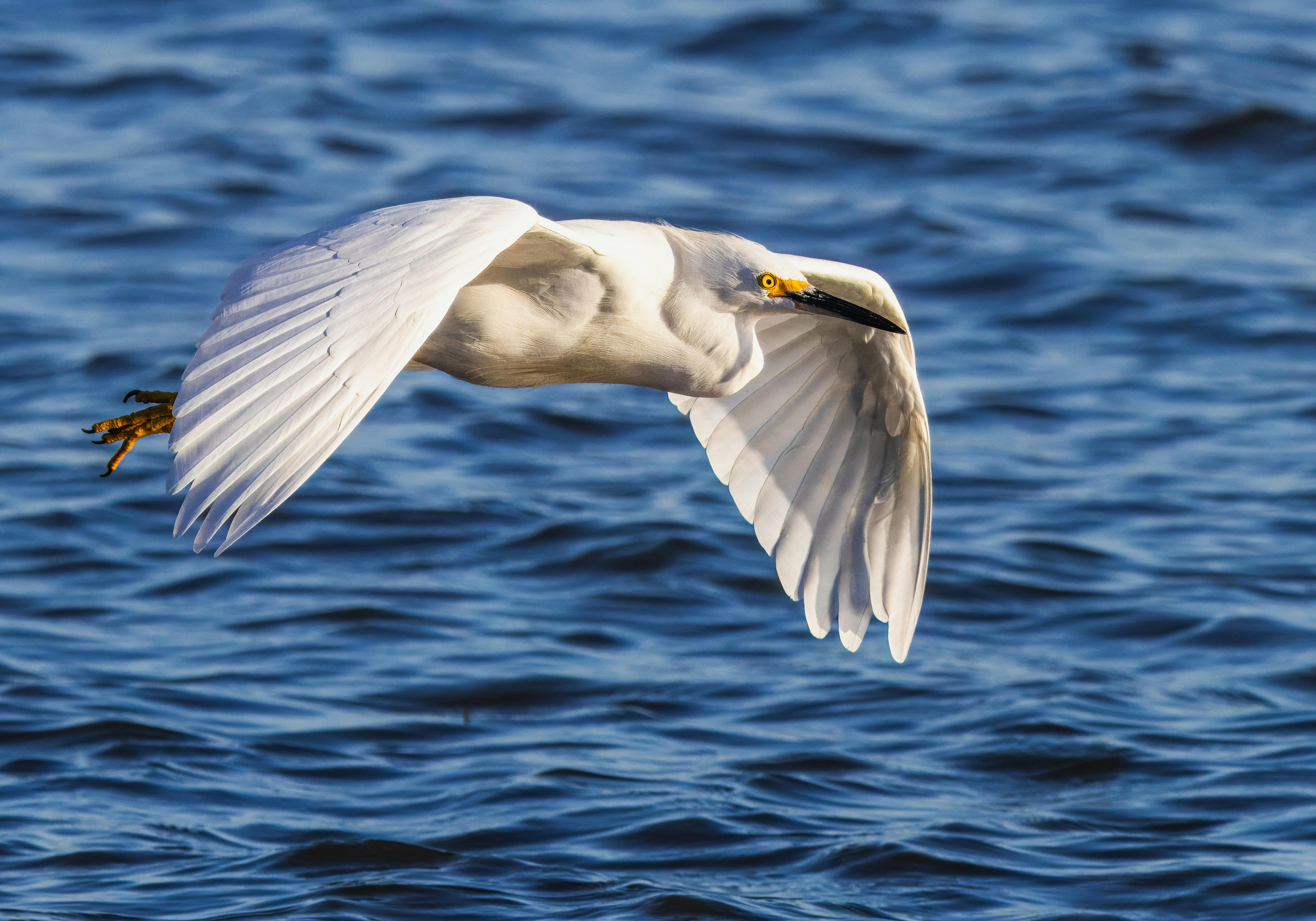Many artists like to draw paintings directly on the walls using spray paints. These are called murals and are usually the representation of the abstract ideas of the artists. It makes the walls look cooler, and some of the paintings may even look realistic. The postwar decades also saw the beginning of a renaissance of Maori nationalism and culture.
Queues of art lovers snaking down the side of the Wellington’s TSB Arena an hour before doors opened heralded the start of a successful weekend of art at the annual NZ Art Show. We promise another spectacular display of contemporary NZ art – an experience you won’t want to miss. Celebrating 20 years since a small group passionate art lovers decided to stage New Zealand’s first art show. The riveting story of how the Japanese invaded China during the Second World War and rescued the Forbidden City art collection.
- The paintings were created to make the viewer feel both nostalgic as well as serene.
- Eventually styles such as Cubism, Expressionism and Abstraction began to be taken seriously.
- During the 1930s and 1940s New Zealand painting developed a more distinctive identity, expressed largely through the regionalist style.
- They reflect new developments in national society as well as the international art community.
Maori villages were particularly popular for Picturesque artists. Regularly, New Zealand’s forest areas were also depicted. Over time, New Zealand’s dominant art styles have changed. They reflect new developments in national society as well as the international art community. Their aesthetics are the most striking difference. However, there are also important distinctions in the philosophies of each art style.
It has a history which goes back to the ancient Egyptian and Greek period. Graffiti can be used as a way to communicate a message or to make a wall more attractive. It took some time for the revolutionary art movements of the 20th century to reach New Zealand. You can read more about wall art and graffiti art.
Some returned home, but many did not, feeling the artistic environment here was too conservative and unsupportive. Select a destination to view shipping times, delivery options and pricing. Here are classic impressionist and cultural arts from all over the world. Make a statement with a single bold print or hang a matching set to complement your colour palette. A timely reexamination of European engagements with Indigenous art–and the presence of Indigenous art in the contemporary art world. Many artists are talented enough to create realistic images on the sidewalks.
Some of these are made by well-known artists, while others are made from unknown talent artists who just want to share their art. Street art is often referred to as spray paint art or wall painting, but there are many types of street art all over the world. Here are the top seven types of street art that you will often come across the urban streets. One of the most popular types of street art that attracts customers is the 3D wall graffitis. It gives the illusion that the art objects are protruding from the wall.
- These are called murals and are usually the representation of the abstract ideas of the artists.
- After the Second World War, understanding and knowledge of modern international art increased.
- Many artists have the talent to create realistic images on sidewalks.
- Celebrating 20 years since a small group passionate art lovers decided to stage New Zealand’s first art show.
This was a realistic representation of the harsh natural lighting in the country. Ideal art was in some ways a reactionary response to the Picturesque Movement. Ideal artists sought to show nature as a perfect, uncorrupted entity.
Different materials can be carved with sharp tools, including wood and stones. Mostly the sculptures are connected with political, religious, and historical belongings. Towards of the 19th century the arrival of several influential professional painters from Europe invigorated the local art scene. In the first decades of the new century, many of New Zealand’s more ambitious and talented artists travelled to Europe to study modern developments, such as cubism and fauvism, at first hand.




